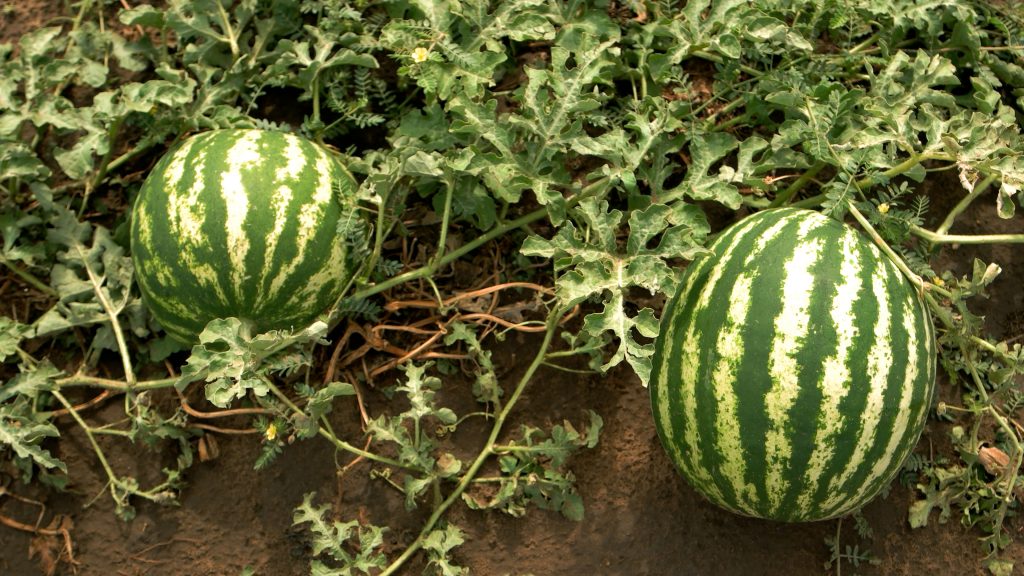By Ashley Robinson
Gummy stem blight (GSB), also known as black rot, is a common issue for watermelon producers in the Southeast. Didymella bryoniae, the fungus that causes GSB, favors warm and humid weather, leaving the Southeast growing region susceptible to the disease’s devastating effects. If not managed well, it can cause significant yield loss for growers.

RECENT ISSUES
Over the years, fungicide resistance has become an increasing issue for GSB, prompting growers to explore different options.
“It’s a pretty tough situation for growers who have to carefully manage their programs,” says Mathews Paret, associate professor of plant pathology at the University of Florida Institute of Food and Agricultural Sciences North Florida Research and Education Center. “If they’re not following practices that would be relevant to fungicide resistance management, it could have significant implications on whether they are able to make a good harvest not.”
Another major issue growers have recently reported regarding GSB is an increase of infected transplants in the field. The disease spreads via seed contamination or contact with trays that have been contaminated with infected plants.
CONTROL TIPS
Any watermelon disease management program starts by having clean, healthy seeds and transplants. Growers should closely monitor their crop during the seedling stage since this is a common time to notice symptoms of the disease. In addition, growers should always have a sound fungicide program in place.
For the management of GSB, researchers recommend application of fungicides in a preventive manner. Chlorothalonil and mancozeb have proven to be effective contact fungicides. There are also many effective systemic fungicides for management of GSB. If weather conditions are favorable for the occurrence and rapid spread of GSB, fungicide application should begin during the early stages of plant growth.
Growers should alternate chemistries to avoid fungicide resistance. It is also recommended that growers scout their fields routinely to monitor the disease and fungicide applications to prevent crop loss.
The recommended fungicide programs are based on the assumption that the grower is starting with healthy seeds or transplants. If not, the fungicide program will not be as effective.
“We encourage transplant producers and growers to always make sure you have the best transplants to start with, because that is one of the most critical stages of how you can effectively manage the disease,” Paret says.
Currently labeled chemicals for watermelons and other cucurbits in Florida can be found in the Vegetable Production Handbook for Florida.









